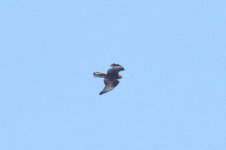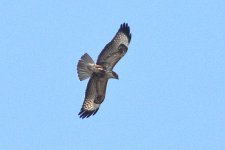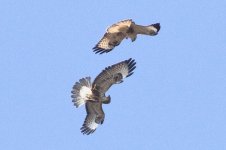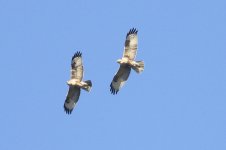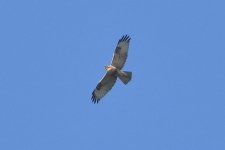Today photographed buzzards (Rare in our area we have the occasional Long-legged buzzard and sometimes the common buzzard visiting our small hill station in Rajasthan. Need confirmation of these buzzards they seem to be common buzzards?
Location Mount Abu Rajasthan India.
Date 21 Nov 2020.
Location Mount Abu Rajasthan India.
Date 21 Nov 2020.




